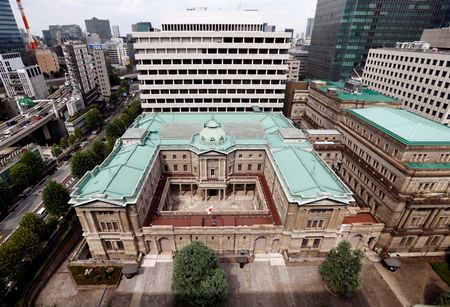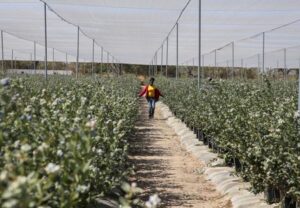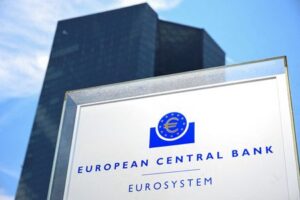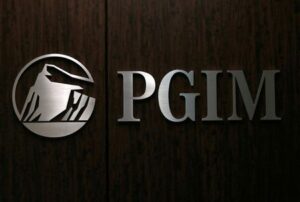By Leika Kihara
OKAYAMA, Japan (Reuters) -The Bank of Japan must raise interest rates to at least 1% as soon as the second half of next fiscal year, hawkish policymaker Naoki Tamura said on Thursday, reinforcing the bank’s resolve to persist with steady monetary tightening.
It was the first time a BOJ policymaker publicly specified a level the central bank should eventually target in pushing up short-term borrowing costs.
Tamura said the likelihood of Japan’s economy sustainably achieving the BOJ’s 2% inflation was improving, suggesting that conditions for additional rate hikes were falling into place.
He also said Japan’s neutral interest rate, or the level that neither cools nor stimulates the economy, is estimated to be at least around 1%.
“As such, it’s necessary to push up our short-term policy rate at least to around 1%” to sustainably achieve the BOJ’s price goal, Tamura said in a speech to business leaders in Okayama, western Japan.
The BOJ’s current three-year growth and inflation forecast timeframe spans the 2024 to 2026 fiscal years, effectively ending in March 2027.
Tamura said the central bank should pace its rate hikes so that short-term borrowing costs would rise to around 1% sometime during the latter half of the three-year period. That would suggest rates hitting 1% around October 2025 at the earliest.
“I don’t have any pre-set idea on the path and pace for adjusting the degree of monetary support,” Tamura told a news conference after the meeting with the business leaders.
“We’ll likely raise rates slowly and in several stages, while scrutinising how each move affects economic activity,” Tamura said. He declined to comment on whether the BOJ could hike rates again by the end of this year.
Tamura’s remarks follow a string of comments from BOJ board members calling for the bank to keep raising borrowing costs despite recent volatility in financial markets.
The BOJ is set to leave rates unchanged at its next meeting on Sept. 20, but more than half the economists polled by Reuters last month predict further tightening by the year’s end.
INFLATION RISKS
In a historic step, the BOJ ditched negative interest rates in March and raised short-term rates to 0.25% in July on the view the economy was making progress toward durably achieving its 2% inflation target.
Governor Kazuo Ueda has signalled the bank’s readiness to raise rates further if inflation stays around 2% in coming years accompanied by solid wage gains, as it currently projects.
In the speech, Tamura said he was “worried that upside inflation risk was heightening,” as intensifying labour shortages prod firms to raise wages and pass on rising costs through price increases.
“We must raise interest rates at an appropriate timing, and in several stages,” said the former commercial banker, who is considered by markets as among the most hawkish in the BOJ’s nine-member board.
Core consumer inflation hit 2.7% in July and has been at or above the 2% target for 28 consecutive months.
The neutral interest rate is important because central banks use it to set monetary policy. It cannot be observed directly, so policymakers must estimate it using economic models.
(Reporting by Leika Kihara; Editing by Kim Coghill and Sam Holmes)





